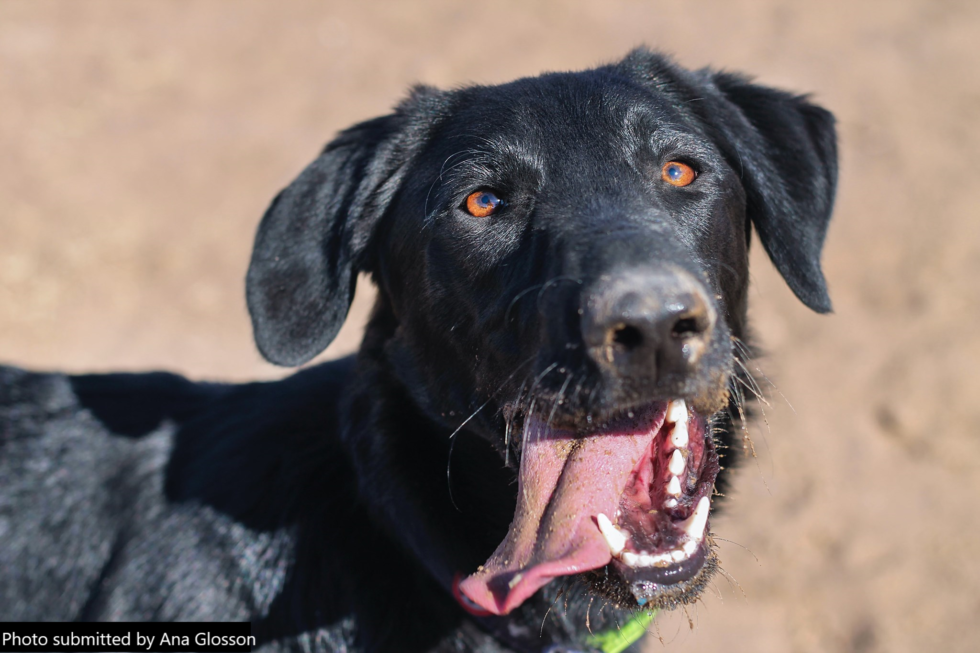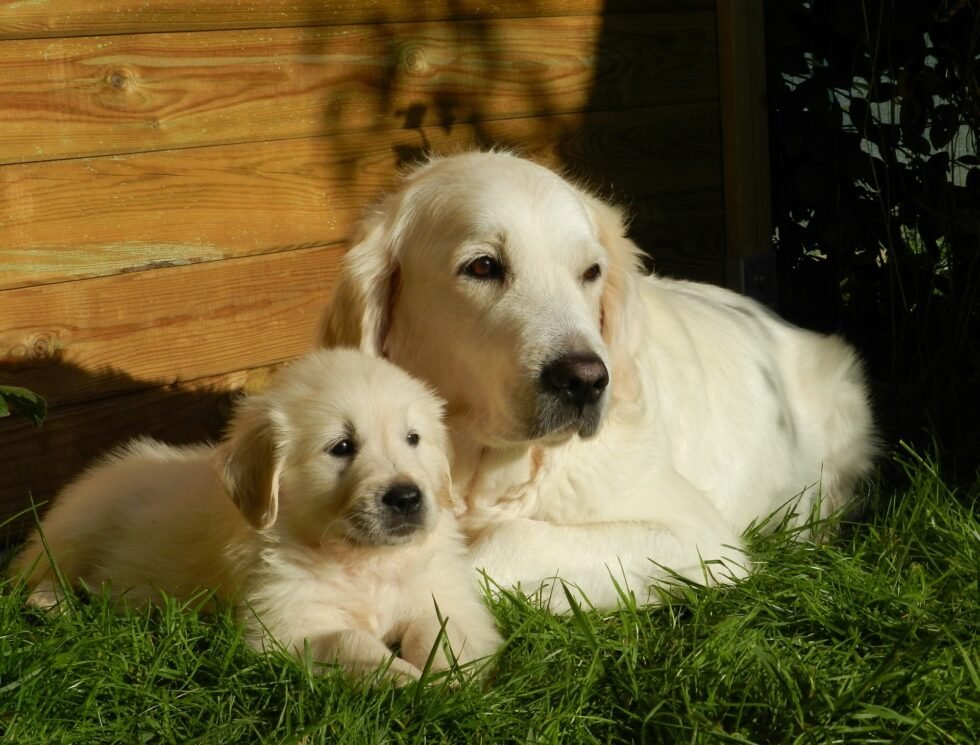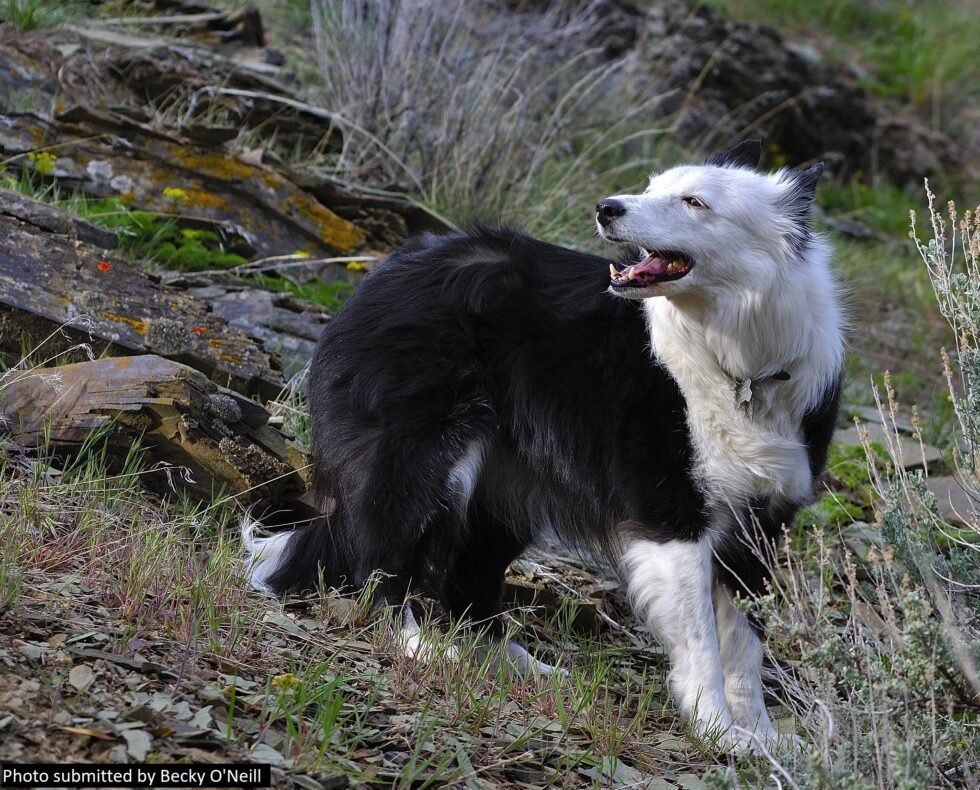Welcome to the
Learning Center
TellTail’s Learning Center contains valuable resources for both responsible dog breeders and curious pet buyers. Sniff around and discover something new!
Select a category or scroll down to browse all. Return to all articles

Featured Resources
Resources
What is a mutt?
The term "mutts" is often used to refer to mixed-breed dogs, or dogs that do not belong to a specific breed. While the term is commonly used in a casual or affectionate manner, it has also been the subject of controversy and debate within the dog breeding and ownership community.
Merle Genes in Dog Breeding
In dogs, "merle" is a pattern of coloring that can appear in the coats of certain breeds. The merle gene causes irregularly shaped patches of solid color to appear amidst a background of a different color. The patches can be any color, but are most commonly shades of blue or brown.
Is Tail Docking Ethical?
Tail docking is usually done when a pup is just days old, when tissue is still soft. Generally speaking, the procedure is quick, relatively painless, and does not affect the puppy’s overall health.
The Role of Genetic Testing in Dog Breeding
In recent years, advances in commercial genetic testing have made it possible to screen for a wide range of conditions that affect different breeds of dogs. Breed-specific panels can inform on the genetic concerns of a specific breed.
The Ethics of Inbreeding
While inbreeding can be beneficial in certain circumstances, such as preserving the purity of a breed or promoting certain desirable traits, it can also have negative effects on the health and well-being of the animals involved if proper precautions are not taken. As such, the ethics of inbreeding in dog breeding is a controversial topic.
Hybrid Vigor in Dogs
Hybrid vigor is defined as the extent of improved performance of an individual trait in the first cross (F1) generation over the parent generation. This is usually expressed as percent improvement. For example, in poultry, an F1 generation might exhibit a 3-9% increase in egg production over the parent populations.
Heritability of Behavior Meta-Analysis
Heritability is a measure of how differences in genes account for differences in traits. Heritability does not indicate what percentage or proportion is determined through genes but rather what percentage or proportion of the variation in a trait in a population can be attributed to genetic differences.
Heritability of Behavior in Service Dogs
This study aimed to uncover if the variation in tested behavioral characteristics between dogs was heritable. Another goal was to determine if a structured breeding program focused on enhancing working characteristics had any effect on the level of heritability of desired characteristics for service dogs.
Genetics of Inbreeding Depression
This study is a broad review of inbreeding depression research to date, focusing on the genetic mechanisms hypothesized to produce reduced fitness in homozygous populations and hybrid vigor in the offspring of outcrosses.
Sex-Specific Aging in Dogs?
This study investigates sex differences in longevity and causes of death in dogs taking into account the effect of neutering.
Inbreeding Depression and Lifespan
This study investigates evidence for inbreeding depression in lifespan in dogs at three scales: comparing mixed breed and purebred dogs, across dog breeds, and within one dog breed. It also accounts for the strong effect of body size on lifespan in dogs.
Behavioral Resilience in Australian Stock Working Dogs
This study compared DNA from two breeds, derived from common founder stock but selected for different purposes, to determine whether the genetics underlying desirable behavior traits could be identified.
What Genes Control White Spotting in Dogs?
This 2014 paper examined the role of mutations in a gene that is known to affect white spotting in dogs. Specifically, this paper looked at polymorphisms (another word for mutations, meaning “different versions”) in the MITF (“microphthalmia associated transcription factor”) gene. The paper looked at the promoter region of the gene.
Relative Muzzle Length as a Factor for BOAS
The papers by Packer et al. (2015, just Packer from here on) and Liu et al (2017, just Liu from here on) on risk factors for BOAS are often pitted against each other when critics and supporters of extreme brachycephaly in dogs engage in discussion.
Conformational Risk Factors of BOAS in Three High-Risk Breeds
This study identifies breed-specific conformational risk factors for brachycephalic obstructive airway syndrome (BOAS) in three breeds with extreme brachycephaly: pugs, French bulldogs, and bulldogs.
Variation in Neuroanatomy Across Dog Breeders
Different brain areas are associated with controlling different neural processes, and the size of a brain area in a species tends to correlate with how much that species uses that process. For example, olfactory (smell) areas tend to be larger and more complex in animals that depend heavily on smell, while prefrontal cortices are larger in animals with high cognitive abilities, such as humans and primates.
Facial Conformation and Risk of BOAS
This two-part study investigates risk factors for brachycephalic obstructive airway syndrome (BOAS) by looking first across dogs of diverse breeds and conformations, and second, across brachycephalic dogs.
Why Large Dogs Die Young
Large dogs die younger than small ones. This well-known pattern poses a conundrum for evolutionary biologists. Across species, large mammals live longer than their small counterparts; for example, an elephant versus a mouse. In marked contrast, within species large size seems to carry costs in terms of an individual’s life span. The phenomenon has been documented in several species, but the negative relationship between size and lifespan is most evident in the domestic dog.
Is your breed the right fit for an interested future family?
Choosing perfect homes for your puppies is what I believe to be one of the most difficult parts of being a responsible dog breeder. There are so many “what ifs.” Here are some of the “what ifs” that go through my head when I open up my puppy application for new applicants:
What if the new families don’t love my puppies as much as I did?
What if the new families don’t know how to handle illness and emergencies?
What if the new families don’t ever keep in touch with me?
What if a family breaches my contract?
What if you felt empowered to choose new families (customers) for your puppies based on an application or interview process that gives you confidence in a new family rather than doubt?
A new perspective on determining best age of spay or neuter
Desexing has both physical and behavioral implications. Spay/neuter timing needs to consider the both the physical and behavioral ramifications of allowing a dog to remain intact. I'll cover both here, and also present a risk analysis of physical issues associated with spay/neuter (S/N).























